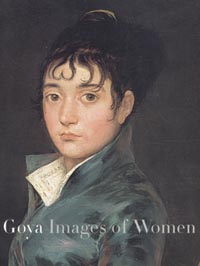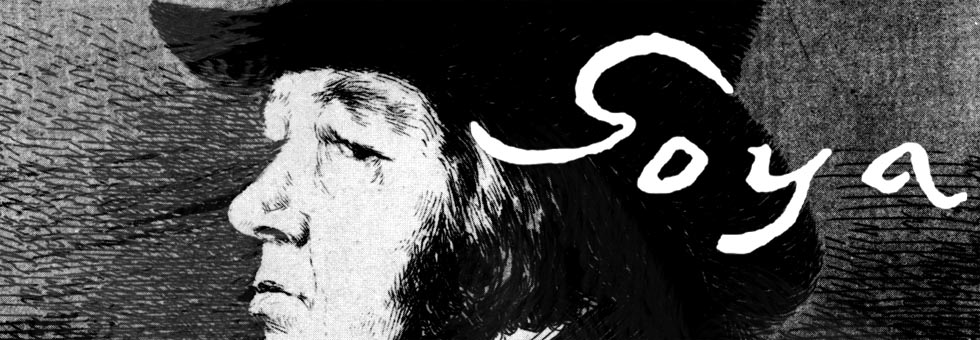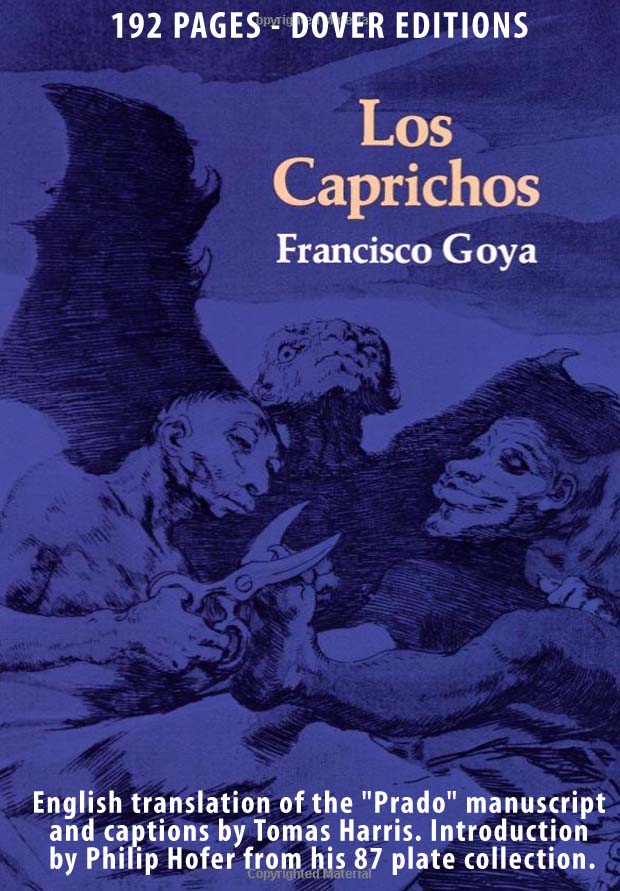Goya "Images of Women" Exhibit in Washington DC
National Gallery of Art
March 10 through June 2, 2002

A Review
The first impression of seeing such a variety of Goya paintings gathered in one place is the sheer enormity of many of these famous works. They fill entire walls and spill into your peripheral vision. Viewing The Grape Harvest for example, in a book or catalog offers no sense of its scale — none of the dominating physical presence it commands in person.
A secondary impression, following the impact of the paintings’ scale, is the refined finish of many of these “official” works by Spain’s court painter. A high, polished gloss covers these images, with careful attention given to balancing the focal center—typically a group of figures—against a hazier, soft-focused background, often a landscape. Between the sheer size and the meticulous detail applied to every element, one gains a sense of Goya’s energy and professional determination to excel in his role. Ambitions aside, the fact that he could execute such large compositions with such consistent quality stands in stark contrast to his smaller, more private works, which exhibit a cruder, more immediate style. The Goya: Images of Women exhibit offers an excellent selection of such works. It includes several official portraits alongside more loosely themed personal pieces. The exhibition also features multiple rooms dedicated to etchings and drawings, with the selection of preliminary sketches for the etchings being particularly noteworthy, as they rarely appear in standard Goya literature.
The catalog published for the exhibit is well-produced, with high-quality image reproduction. The text offers detailed commentary on each painting and, although interwoven with editorial reflections on contemporary issues (such as the condition of women in Spain), it should serve as a valuable window into the curatorial mindset for future generations. Current debates over the authorship of certain disputed works are briefly addressed, and prevailing theories about Goya’s personality are included—thankfully without heavy-handed psychological interpretation.
Experiencing these paintings within the pseudo-mausoleum atmosphere of the National Gallery slightly diminishes the warmth conveyed by many of the works—tapestries included, which hold particular historical value in illustrating Goya’s activity during the less-celebrated first half of his career. Nonetheless, the opportunity to view such an outstanding collection in one place is a remarkable event. The organizers clearly undertook a monumental effort to bring it together. Congratulations are due to them for such a feat; it is a superb and thoughtfully presented selection.
-Erik Weems, November 2002
West Building of the National Gallery of Art
March 10 through June 2, 2002
AMAZON
Goya The Terrible Sublime - Graphic Novel - (Spanish Edition) - Amazon
"From this headlong seizure of life we should not expect a calm and refined art, nor a reflective one. Yet Goya was more than a Nietzschean egoist riding roughshod over the world to assert his supermanhood. He was receptive to all shades of feeling, and it was his extreme sensitivity as well as his muscular temerity that actuated his assaults on the outrageous society of Spain." From Thomas Craven's essay on Goya from MEN OF ART (1931).
"...Loneliness has its limits, for Goya was not a prophet but a painter. If he had not been a painter his attitude to life would have found expression only in preaching or suicide." From Andre Malroux's essay in SATURN: AN ESSAY ON GOYA (1957).
"Goya is always a great artist, often a frightening one...light and shade play upon atrocious horrors." From Charles Baudelaire's essay on Goya from CURIOSITES ESTRANGERS (1842).
"[An] extraordinary mingling of hatred and compassion, despair and sardonic humour, realism and fantasy." From the foreword by Aldous Huxley to THE COMPLETE ETCHINGS OF GOYA (1962).
"His analysis in paint, chalk and ink of mass disaster and human frailty pointed to someone obsessed with the chaos of existence..." From the book on Goya by Sarah Symmons (1998).
"I cannot forgive you for admiring Goya...I find nothing in the least pleasing about his paintings or his etchings..." From a letter to (spanish) Duchess Colonna from the French writer Prosper Merimee (1869).
GOYA : Los Caprichos - Dover Edition - Amazon




